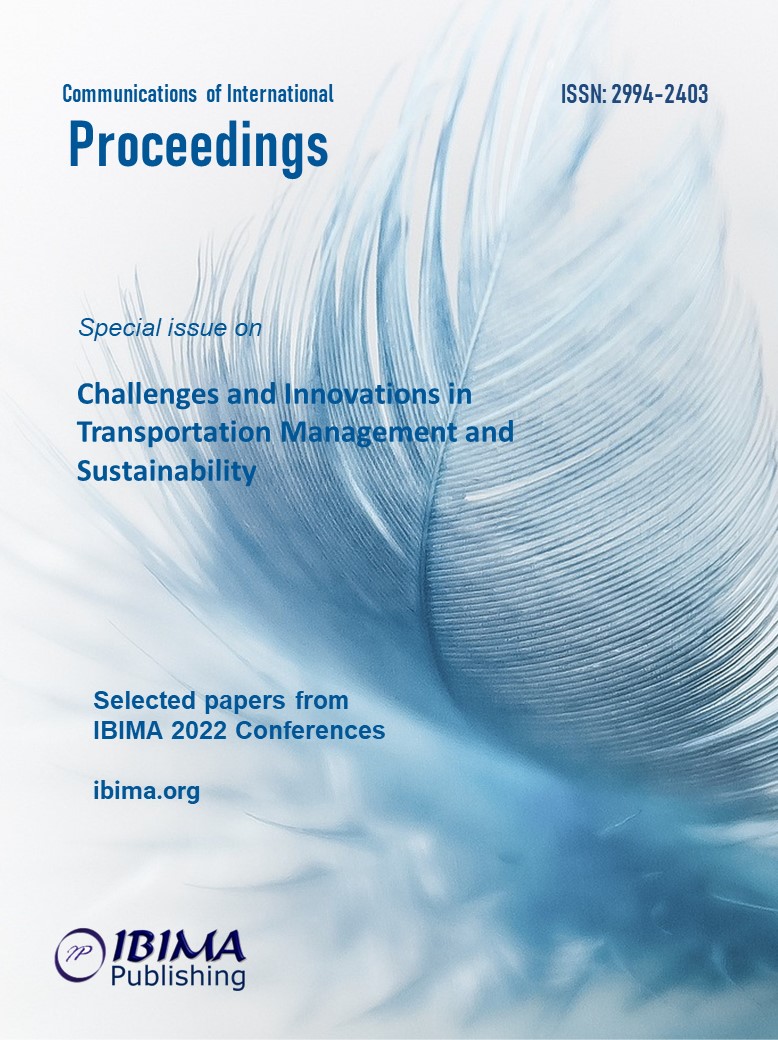
Piotr KISIELEWSKI
Cracow University of Technology, Cracow, Poland

The growing importance of public transport in cities forces changes in the organization and planning of transport. In the established standard of division of competences between the public transport authority (organizer, PTA) and public transport operators (carriers, PTO), along with the intensification of dynamic transport disturbances and the increase in passenger expectations, the problem is to choose the right model for data exchange between these institutions. The paper discusses the stages of the transport planning process and models of data flow between the organizer and operators. The asynchronous model of cooperation between the organizer and operators currently functioning in the cities is presented in order. A critical analysis and evaluation of the asynchronous cooperation model was made, formulating its basic disadvantages. In order, the paper presents a proposal for a new model with synchronous cooperation of both institutions, based on one application and database used simultaneously by the organizer and transport operators. The study discusses the basic advantages of the synchronous model and presents the benefits of its use in the process of planning and managing public transport in cities.